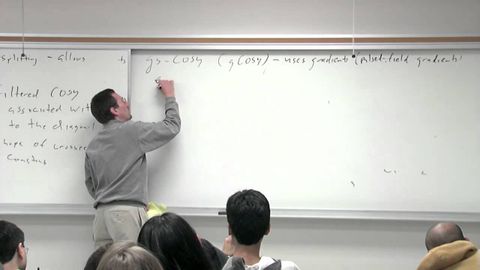
字幕と単語
ケム 203有機分光学第22講COSY, HMQC, HMBC, および関連実験の側面 (Chem 203. Organic Spectroscopy. Lecture 22. Aspects of COSY, HMQC, HMBC, and Related Experiments)
00
Cheng-Hong Liu が 2021 年 01 月 14 日 に投稿保存
動画の中の単語
board
US /bɔrd, bord/
・
UK /bɔ:d/
- n. (c./u.)板;役員会;ボード;板;食事
- v.t./i.搭乗する;食事付きで下宿する;下宿させる
- v.t.板を貼る
A1 初級TOEIC
もっと見る エネルギーを使用
すべての単語を解除
発音・解説・フィルター機能を解除
